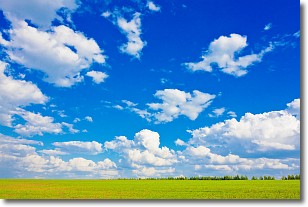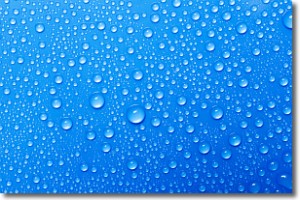Weather Alert in Wisconsin
Fire Weather Watch issued May 11 at 2:34PM CDT until May 12 at 9:00PM CDT by NWS Twin Cities/Chanhassen MN
AREAS AFFECTED: Pierce
DESCRIPTION: ...CRITICAL FIRE WEATHER CONDITIONS EXPECTED TODAY... ...CRITICAL FIRE WEATHER CONDITIONS POSSIBLE MONDAY AND TUESDAY... .Record high temperatures in the upper 80s to mid 90s and very low humidity values of 10 to 25 percent, combined with southerly winds of 15 to 25 mph with gusts up to 35 mph, has lead to a critical fire weather risk today. Fires could quickly spread out of control due to these conditions. Continued hot, dry, and windy conditions Monday and Tuesday could result in repeated days of critical fire weather conditions. The National Weather Service in Twin Cities/Chanhassen has issued a Fire Weather Watch, which is in effect from Monday afternoon through Monday evening. * WIND...South to southwest winds of 10 to 15 mph with gusts up to 25 mph. * HUMIDITY...As low as 20 percent. * IMPACTS...Any fires that develop will likely spread rapidly. Outdoor burning is not recommended.
INSTRUCTION: A Fire Weather Watch means that critical fire weather conditions are forecast to occur. Listen for later forecasts and possible Red Flag Warnings.
Want more detail? Get the Complete 7 Day and Night Detailed Forecast!
Current U.S. National Radar--Current
The Current National Weather Radar is shown below with a UTC Time (subtract 5 hours from UTC to get Eastern Time).

National Weather Forecast--Current
The Current National Weather Forecast and National Weather Map are shown below.

National Weather Forecast for Tomorrow
Tomorrow National Weather Forecast and Tomorrow National Weather Map are show below.

North America Water Vapor (Moisture)
This map shows recent moisture content over North America. Bright and colored areas show high moisture (ie, clouds); brown indicates very little moisture present; black indicates no moisture.

Weather Topic: What are Cumulus Clouds?
Home - Education - Cloud Types - Cumulus Clouds
 Next Topic: Drizzle
Next Topic: Drizzle
Cumulus clouds are fluffy and textured with rounded tops, and
may have flat bottoms. The border of a cumulus cloud
is clearly defined, and can have the appearance of cotton or cauliflower.
Cumulus clouds form at low altitudes (rarely above 2 km) but can grow very tall,
becoming cumulus congestus and possibly the even taller cumulonimbus clouds.
When cumulus clouds become taller, they have a greater chance of producing precipitation.
Next Topic: Drizzle
Weather Topic: What is Evaporation?
Home - Education - Precipitation - Evaporation
 Next Topic: Fog
Next Topic: Fog
Evaporation is the process which returns water from the earth
back to the atmosphere, and is another crucial process in the water cycle.
Evaporation is the transformation of liquid into gas, and it happens because
molecules are excited by the application of energy and turn into vapor.
In order for water to evaporate it has to be on the surface of a body of water.
Next Topic: Fog
Current conditions powered by WeatherAPI.com




